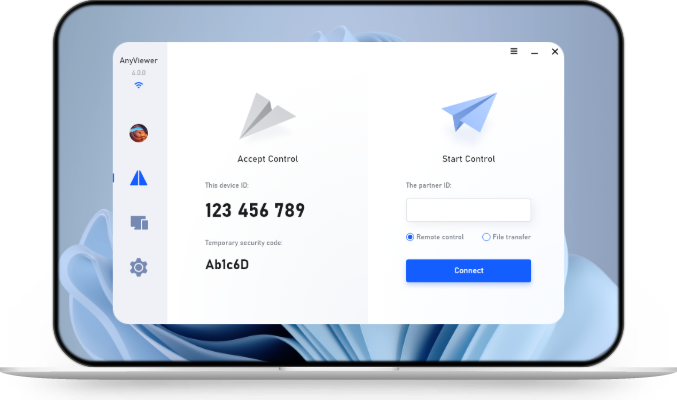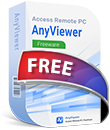Mastering Remote Access to Kubernetes Dashboard: A Comprehensive Guide
This guide delves into the intricacies of accessing Kubernetes dashboard remotely, emphasizing the importance of flexibility and collaboration. From understanding the basics to troubleshooting common issues, it provides a comprehensive roadmap.
Introduction
Kubernetes, with its powerful container orchestration capabilities, has become a linchpin in modern development. Among its myriad features, the Kubernetes dashboard stands out as a vital tool for managing and monitoring clusters. In this guide, we'll unravel the complexities of accessing the Kubernetes dashboard remotely, shedding light on the nuances that make it a crucial aspect of your workflow.
Understanding Kubernetes Dashboard
What is Kubernetes dashboard?
The Kubernetes dashboard serves as a centralized hub for visualizing and managing your clusters. It provides a graphical interface, simplifying the monitoring and administration of containerized applications. Think of it as a control center where you can navigate through your clusters effortlessly.
Key features and functionalities
Beyond its intuitive interface, the dashboard offers features like real-time resource utilization metrics, detailed insights into deployed applications, and easy access to logs. Understanding these functionalities sets the stage for harnessing the full potential of Kubernetes.
Why Remote Access is Essential
Flexibility and convenience
Remote access to the Kubernetes dashboard introduces a new level of flexibility. Imagine managing your clusters from anywhere, anytime. Whether you're working from home or collaborating with a globally distributed team, remote access ensures you stay in control.
Enhancing collaboration in distributed teams
For teams spread across different geographical locations, remote access becomes a game-changer. It fosters collaboration by allowing team members to seamlessly contribute to the management and monitoring of Kubernetes clusters, breaking down geographical barriers.
Step-by-Step Guide: Accessing Kubernetes Dashboard Remotely
Prerequisites
Before diving into the process, ensure you have the necessary prerequisites in place. This includes a running Kubernetes cluster and the dashboard deployed.
Setting up access in a local environment
To access the Kubernetes dashboard locally, follow these steps. Start by obtaining the access token, and then proceed to configure your local environment. This ensures a smooth transition to remote access.
Configuring remote access
Unlock the true potential of remote access by configuring your Kubernetes dashboard. This involves setting up secure communication and ensuring the necessary permissions are in place. The guide will walk you through the process step by step.
Troubleshooting common issues
Even with the best-laid plans, issues may arise. Explore common problems faced during remote access and learn effective troubleshooting tips. From connection issues to permission problems, this section addresses them comprehensively.
Setting Up Kubernetes Dashboard Access Remotely in Azure
Overview of Kubernetes on Azure
For Azure users, accessing the Kubernetes dashboard remotely involves additional considerations. Understand the nuances of Kubernetes on Azure and how to seamlessly integrate remote access into your workflow.
Steps to enable remote access specifically in Azure
Azure introduces its own set of configurations. Learn the Azure-specific steps to enable remote access, ensuring a tailored approach for users on this cloud platform.
Best Practices for Secure Remote Access
Implementing authentication
Security is paramount. Discover best practices for implementing authentication mechanisms to safeguard your Kubernetes dashboard. This section guides you through securing your access without compromising convenience.
Using HTTPS for secure communication
Encrypting communication adds an extra layer of security. Understand the importance of using HTTPS for remote access and the step-by-step process to implement it effectively.
Troubleshooting Tips and Common Pitfalls
Addressing connection issues
Even in the world of Kubernetes, connection issues can arise. This section dives into potential causes and provides practical tips for addressing and resolving them.
Debugging authentication problems
Authentication problems can be perplexing. Learn how to navigate through these issues, identifying root causes and implementing solutions to ensure a secure and authenticated remote access experience.
Conclusion
In conclusion, mastering remote access to the Kubernetes dashboard opens up new possibilities for efficient cluster management. Whether you're a seasoned Kubernetes user or just starting, embracing remote access is a step towards enhancing your workflow. The journey doesn't end here—explore, experiment, and make the Kubernetes dashboard an integral part of your remote collaboration toolkit.
FAQs
Q: Can I access the Kubernetes dashboard remotely without deploying it locally?
A: Yes, you can access the Kubernetes dashboard remotely without deploying it locally. The guide provides insights into setting up access directly, catering to various scenarios.
Q: Is remote access secure, considering the sensitive nature of Kubernetes clusters?
A: Absolutely. The article emphasizes best practices for secure remote access, including authentication implementation and the use of HTTPS for encrypted communication.
Q: Are the troubleshooting tips applicable to all cloud platforms?
A: While the troubleshooting tips have a universal approach, specific cloud platforms may have unique challenges. The guide addresses common issues and provides a foundation for problem-solving across different environments.

